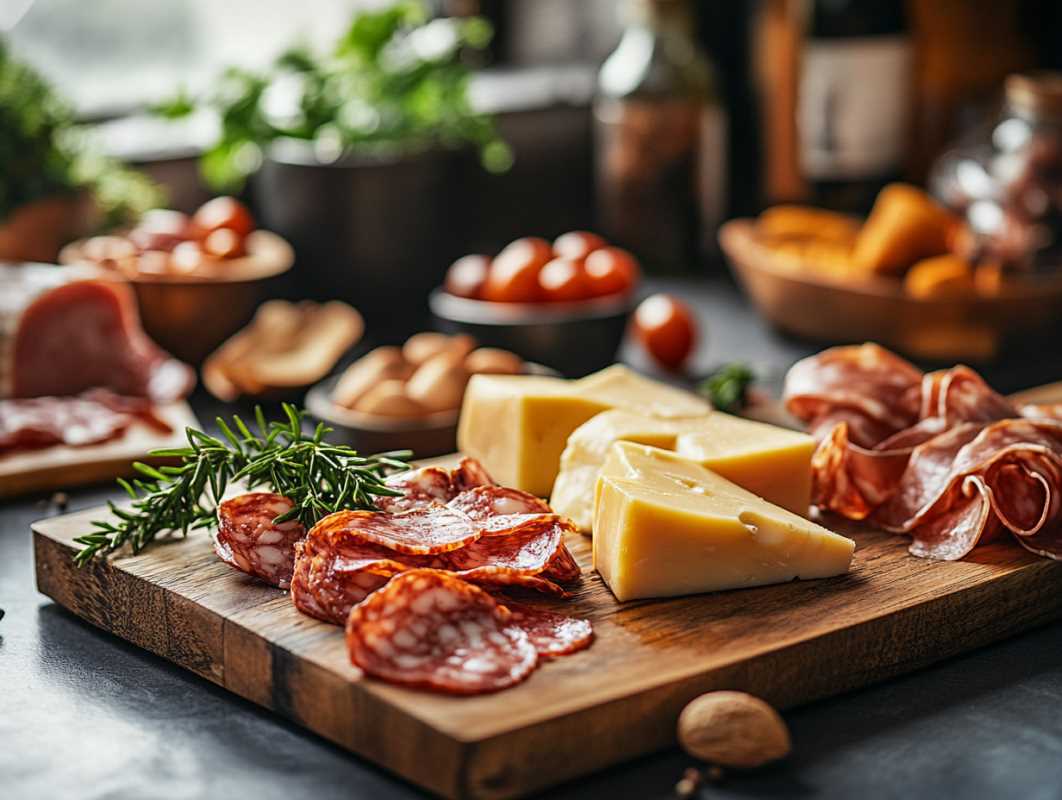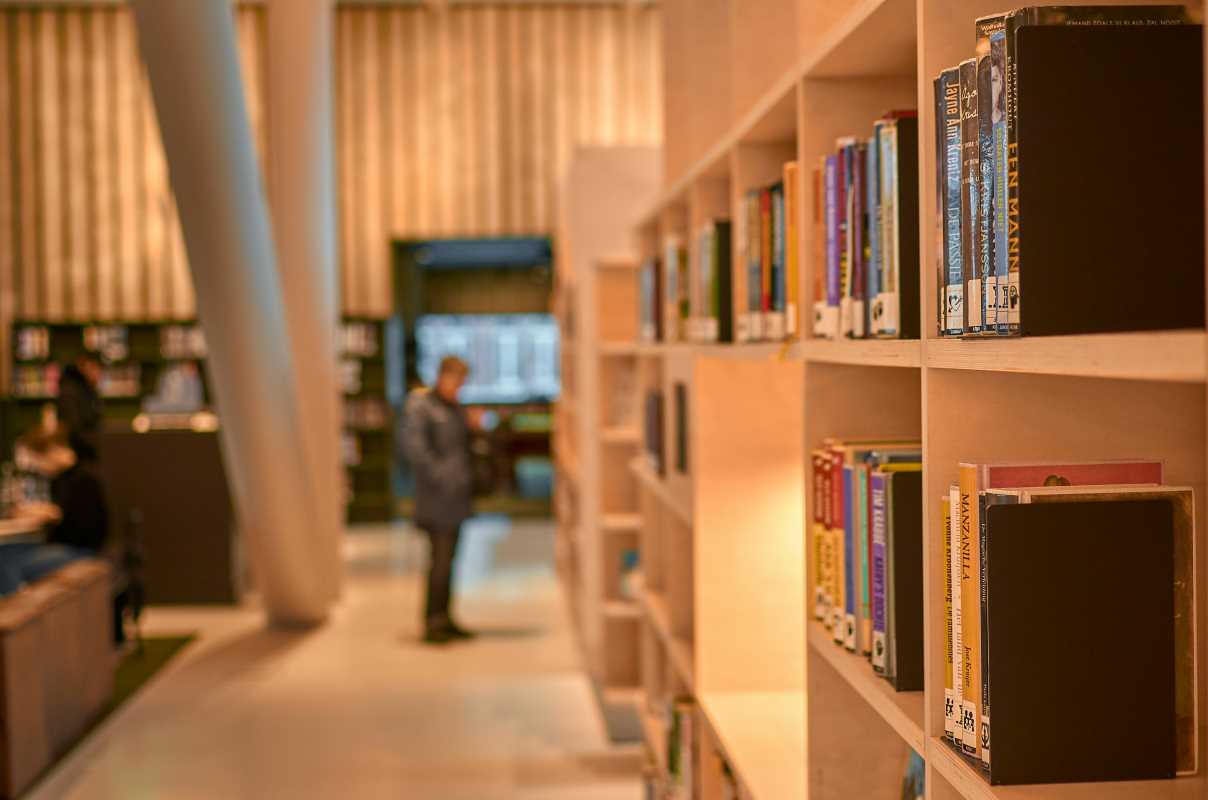Food is far more than sustenance; it is memory, culture, and connection. In cinema, food often serves as a powerful narrative device, weaving together themes of identity, heritage, and emotion. Through carefully crafted scenes featuring food, filmmakers tap into universal experiences and cultural nuances, creating stories that resonate deeply with audiences. From a steaming bowl of ramen in Tampopo to the elaborate feasts in Babette's Feast, food transcends the screen to become a cultural storyteller, bridging gaps between characters, cultures, and viewers.
Food as a Symbol of Identity and Heritage
One of the most profound ways that food functions in cinema is as a symbol of identity and heritage. Meals and culinary traditions are often deeply tied to characters’ backgrounds, offering insight into their values, struggles, and relationships.
In Ang Lee’s Eat Drink Man Woman (1994), the elaborate Sunday dinners prepared by Mr. Chu, a retired chef in Taiwan, serve as a metaphor for familial connection and unspoken emotions. Each dish he prepares reflects his love for his daughters, even as their lives drift in different directions. The act of cooking becomes his language, expressing what words cannot.
Similarly, in Pixar’s Ratatouille (2007), food is elevated as a medium of self-expression and cultural pride. Remy, the film’s rat protagonist, dreams of becoming a chef in Paris. His journey not only challenges societal expectations but also celebrates the artistry and emotional impact of food. The climactic scene, where critic Anton Ego is transported back to his childhood by a single bite of ratatouille, underscores how food carries memories and connects us to our roots.
Food as a Catalyst for Connection
Food in cinema frequently serves as a catalyst for connection, bringing characters together and fostering relationships. Dining scenes are often rich with subtext, revealing tensions, bonds, or moments of reconciliation.
In Jon Favreau’s Chef (2014), food becomes a bridge between a father and son. Carl Casper, a chef navigating a midlife crisis, reconnects with his son, Percy, through a food truck venture. As they prepare and serve dishes together, their bond grows stronger, highlighting how shared culinary experiences can mend emotional distances.
Similarly, Julie & Julia (2009) interweaves the lives of two women—Julia Child and Julie Powell—through their shared love of cooking. For both women, food is more than just sustenance; it is a source of empowerment, self-discovery, and connection. Julia’s journey to become a chef in Paris and Julie’s quest to cook every recipe from Julia’s cookbook symbolize the transformative power of food in forging purpose and identity.
Food as a Reflection of Culture
Cinema often uses food to showcase the diversity and richness of cultures around the world. By highlighting traditional dishes, preparation methods, and communal dining practices, filmmakers invite audiences to explore the cultural significance of food.
In Juzo Itami’s Tampopo (1985), a Japanese “ramen western,” food becomes a central theme, celebrating the art and culture of ramen. The film’s comedic yet reverent exploration of food culture offers a window into Japan’s culinary traditions, from the meticulous preparation of broth to the etiquette of eating noodles.
Another example is The Hundred-Foot Journey (2014), which juxtaposes Indian and French culinary traditions. The story follows the Kadam family, who open an Indian restaurant across the street from a Michelin-starred French establishment. The film explores themes of cultural exchange and acceptance, with food serving as a unifying force that bridges divides and fosters understanding.
Food as a Metaphor for Emotion
In many films, food is used as a metaphor for emotional states, desires, or conflicts. The act of cooking, eating, or sharing a meal often symbolizes deeper emotional currents within a narrative.
In Alfonso Cuarón’s Like Water for Chocolate (1992), food becomes a conduit for emotion. The protagonist, Tita, imbues her cooking with her feelings, causing those who eat her food to experience her emotions. This magical realism highlights the deep connection between food and the human spirit, using culinary creations as a medium for storytelling.
Similarly, Babette’s Feast (1987) uses food as a metaphor for generosity, sacrifice, and transformation. In the film, a mysterious French refugee, Babette, prepares an extravagant feast for a pious Danish community. The lavish meal not only reflects Babette’s artistry but also transforms the diners, breaking down their rigidity and opening their hearts to joy and gratitude.
Food as a Tool for Social Commentary
Food in cinema is not always celebratory; it can also serve as a tool for social commentary, shedding light on issues such as inequality, consumerism, and exploitation.
Bong Joon-ho’s Snowpiercer (2013) uses food to underscore the stark class divisions aboard a dystopian train. The protein blocks consumed by the impoverished lower-class passengers symbolize their dehumanization, while the opulent meals enjoyed by the elite highlight the system's inequities. This contrast amplifies the film’s critique of societal hierarchies and economic disparity.
Similarly, in Ruben Östlund’s The Square (2017), a dinner scene devolves into chaos, serving as a commentary on the absurdities of privilege and social expectations. The use of food in this context challenges viewers to question their own assumptions about status, power, and civility.
Food and the Cinematic Aesthetic
Beyond its narrative functions, food in cinema often enhances the visual and sensory experience of a film. Carefully shot and artfully presented, food scenes can evoke hunger, nostalgia, or awe, immersing viewers in the story.
In Big Night (1996), the preparation of a timpani—a complex Italian dish—becomes a visual feast, showcasing the artistry and passion behind cooking. The meticulous attention to detail in the food preparation mirrors the film’s themes of ambition and dedication.
Similarly, in Hayao Miyazaki’s Spirited Away (2001), food plays a vital role in both the narrative and the film’s aesthetic appeal. The sumptuous depictions of food in the spirit world, from steaming dumplings to glistening roasts, create an otherworldly yet comforting atmosphere. These scenes are visually stunning and integral to the story, reflecting the protagonist Chihiro’s journey of growth and self-discovery.
The Universal Language of Food
Ultimately, food in cinema acts as a universal language, transcending cultural and linguistic barriers. It resonates with audiences on a primal level, evoking shared experiences and emotions.
Films like The Lunchbox (2013), set in Mumbai, and Jiro Dreams of Sushi (2011), a documentary about a sushi master, illustrate how food can connect people across time and space. Whether it’s through a handwritten note tucked into a tiffin box or the perfection of a single piece of sushi, these films show how food fosters relationships, honors tradition, and bridges gaps.
 (Image source: Midjourney)
(Image source: Midjourney) 
.jpg)




